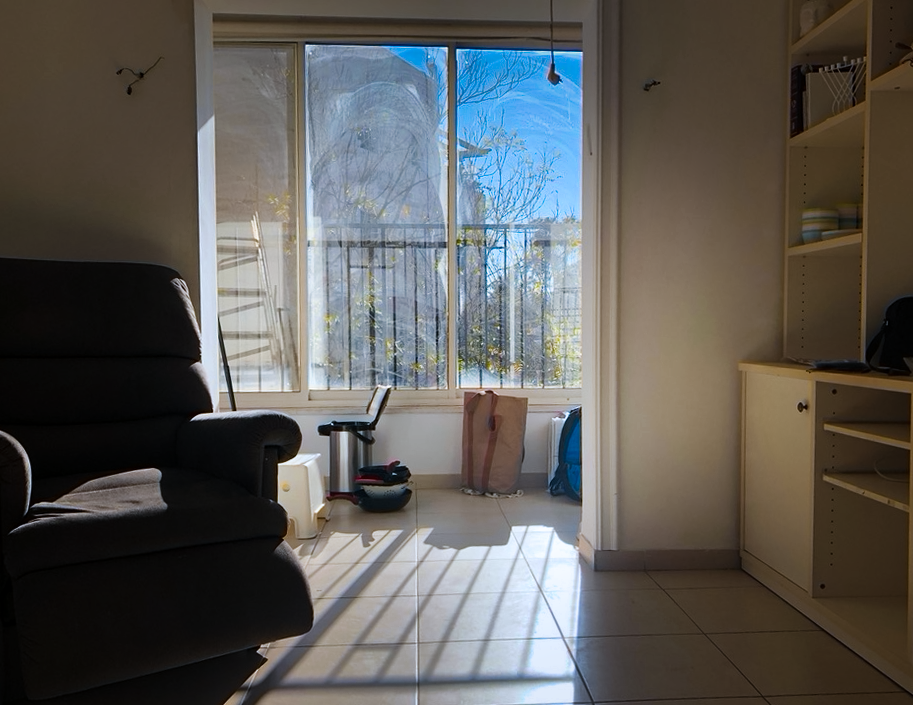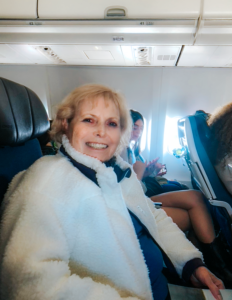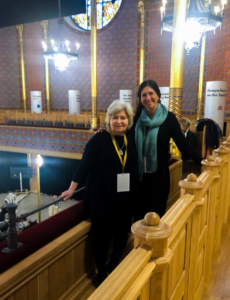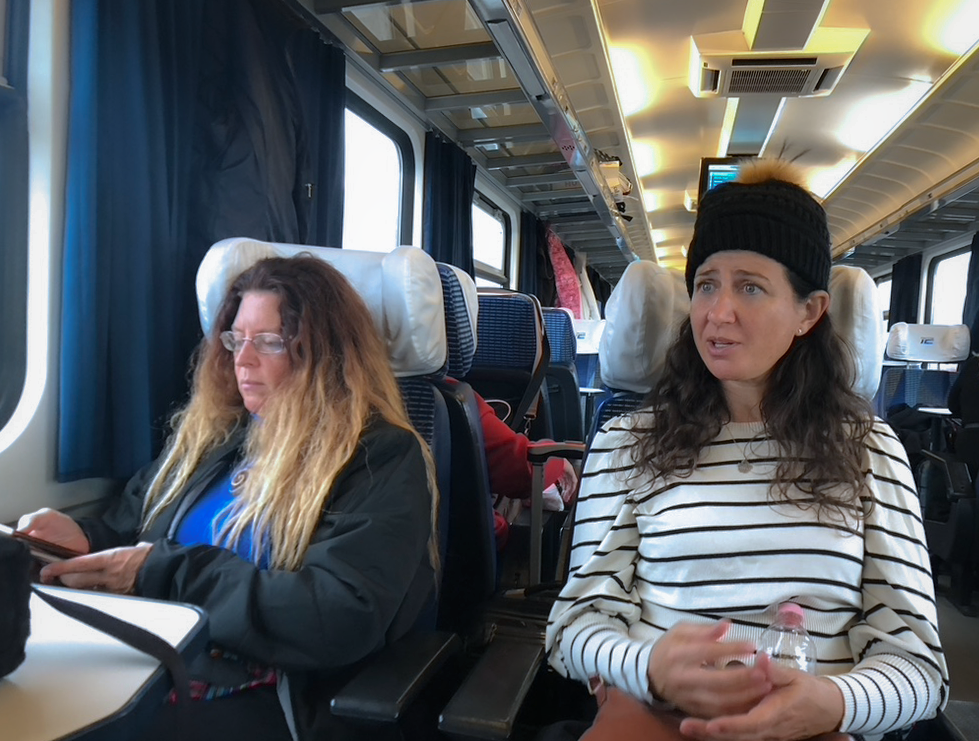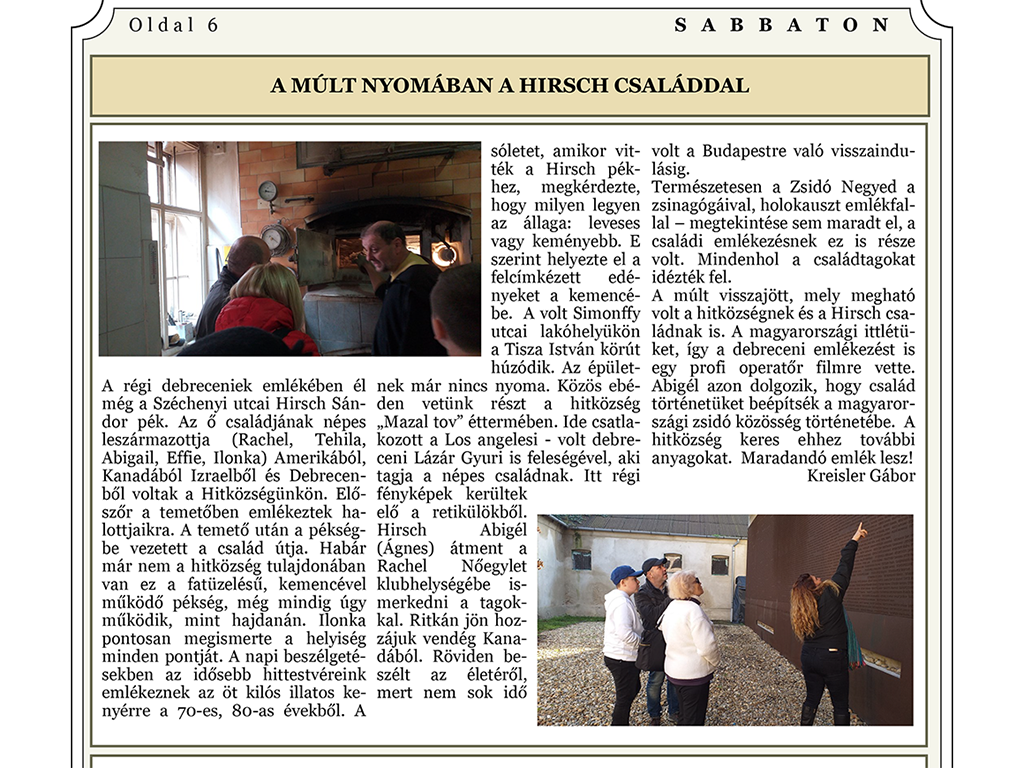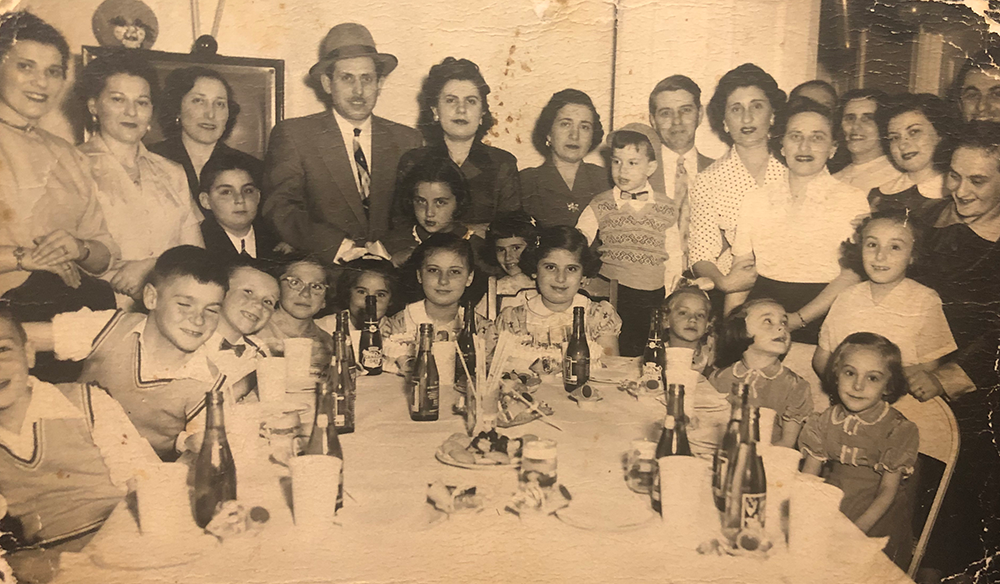In the vast tapestry of human history, one thing remains constant: our desire to comprehend the cosmos and our place within it. From ancient manuscripts like The Huarochirí Manuscript to significant texts like the Book of Exodus, cosmology has influenced societies, cultures, and belief systems. As we navigate the complexities of our existence, one question arises: does cosmology matter? This inquiry goes beyond intellectual curiosity, delving into the heart of human identity and purpose.
As a devoted CBC listener, I keep my radio tuned in nearly 24 hours a day. It has become a comforting companion, even during the silent night hours. One morning, a program captivated my attention with its focus on reading The Huarochirí Manuscript. This ancient document, a rare record of the Quechua tribe in the Andes of Peru, was compiled by Francisco de Vila, a Catholic monk, in the late 1500s to “eliminate idolatries” among the conquered South American peoples. Hidden in a Spanish monastery for many years, it was only recently unearthed. Scholars emphasize its significance as a tool for reviving and reconstructing Andean metaphysics, distinct from ours. Notably, one narrative in the manuscript places the past in front of us and the future behind us.
These historical documents reveal that the people of 16th-century Peru or 1500 BC Egypt were not as different from us as we may think. Each society had its unique worldview, and language was vital in expressing these perspectives.
The Book of Exodus, with its profound insights into the cosmology of the Jewish God and people, is another significant work. Christian Pastor Chuck Swindoll reviews the themes in this impactful book, adding to the rich tapestry of human understanding across cultures and centuries.
The overall theme of Exodus is redemption—how God delivered the Israelites and made them His special people. After He rescued them from slavery, God provided the Law, which gave instructions on how the people could be consecrated or made holy. He established a system of sacrifice, which guided them in appropriate worship behaviour. Just as significantly, God provided detailed directions on the building of His tabernacle, or tent. He intended to live among the Israelites and manifest His shekinah glory (Exodus 40:34–35)—another proof that they were indeed His people.
The Mosaic Covenant unveiled initially through the Decalogue (Ten Commandments), provides the foundation for the beliefs and practices of Judaism, from common eating practices to complex worship regulations. Through the Law, God says that all of life relates to God. Nothing is outside His jurisdiction.
In my interpretation, the essence of the Book of Exodus lies in imparting insights into Jewish cosmology—how Jews perceive the world and comprehend the role of God in human affairs.
At the heart of the narrative is the pivotal character of the Jewish God. The divine encounter unfolds as God reveals Himself initially to Moses through the burning bush, expressing awareness of the Hebrews’ cries and appointing Moses to lead them out of Egypt. God imparts various names to Moses. When Moses, in his hesitation, questions his suitability, God reassures him, saying, ‘For I will be with you, and this is the sign that I sent you: when you lead the people out of Egypt, you will worship God on this mountain’ (Exodus 3:12).
As the narrative progresses, God introduces Himself to the community gathered at Mount Sinai, commencing with the powerful word ‘anochi.’ This signifies a significant moment of divine revelation, reinforcing the profound connection between God and the people and illuminating the overarching themes of the Jewish cosmological perspective embedded in the Book of Exodus.
“I, anochi, am the Lord your God, who liberated you from the land of Egypt, from the house of bondage.” (Exodus 20:2)
Following this proclamation, the Decalogue unfolds in the text (Exodus 20:3-14), referred to in Hebrew as the “ten utterances” or “aseret hadibrot.” Against the backdrop of a trembling mountain enveloped in smoke and fire, the resonating sound of the shofar adds a sense of awe to this pivotal moment in the narrative.
We are presented with a God (note: “G-d” is often used in Jewish tradition to avoid writing out the full name out of reverence) who possesses the qualities of attentiveness, compassion, and a commitment to justice. This divine entity hears, sees, and imparts a code of conduct designed to cultivate a world characterized by justice and compassion—realizing the ideal of “on Earth as it is in Heaven.”
At the heart of this perspective lies Jewish cosmology, which diverges from a preoccupation with the world’s physical attributes. Instead, it centers on the fate of humanity and God’s pivotal role in shaping that destiny. With its intricate narrative structure, the Torah serves as a profound educational tool, unveiling the nature of the Jewish God and His complex relationships with Israel, humanity, and the entirety of creation.
The morning following my engagement with The Huarochirí Manuscript, another CBC Ideas program shed light on the application of pseudo-archaeology. This exploration unveiled instances where pseudo-archaeological narratives have been manipulated to further political and cultural agendas, sometimes even blurring into the creation of religious myths.
We learn that in the bookstores of the sixties, those of the flower children, and those of the far right, both are populated by invented mythologies, filled with conspiracy theories about how the world was created etc.
Invaders from Mars? Alligators? All of these elaborate ideologies are written down in books, and some have been seen in popular tv productions like the Twilight Zone. Both the alt-right and the far-left use these books to create their alternate visions of what’s wrong with the world and how to repair it.
Myths about Jews and blacks and the superior white race abound. A person who lived in this alternate reality has also created a podcast about his experience and bears powerful witness to the truth that in the absence of a clear cosmology, people will create one to feel grounded and safe in the world.
Cosmologies lay the foundation for political ideologies, fuel conflicts, and serve as guiding principles that shape human history.
In the labyrinth of human experience, cosmology emerges as a guiding beacon, illuminating the path of understanding and shaping the contours of our shared reality. From the sacred narratives of ancient civilizations to the pseudo-archaeological myths of modernity, cosmologies weave a rich tapestry of beliefs, values, and ideologies. As we reflect on the significance of cosmology, let us recognize its power to inspire, unite, and transform. For in the quest to comprehend the cosmos lies the essence of our humanity—a perpetual journey of exploration, discovery, and wonder.
Footnotes
- CBC-Ideas, “The Huarochirí Manuscript,” broadcasted on February 6, 2023. Correction: “broadcast” should be replaced with “broadcasted.”
- Chuck Swindoll provides an overview of Exodus in his renowned series, “God’s Masterwork,” available at insight.org. No grammatical errors.
- The spelling “G-d” is employed by Jews when writing about the Divine to prevent inadvertently violating the prohibition against “taking God’s Name in vain,” as stipulated in the third of the Ten Commandments. No grammatical errors.
- “On Earth as it is in Heaven,” Matthew 6:10, referenced in The Lord’s Prayer. No grammatical errors.
- CBC-Ideas delves into the intersection of pseudo-archaeology, political agendas, and cultural ideas, exploring the blurry boundary between pseudo-science and religious myth-making—broadcasted on February 7, 2023.

